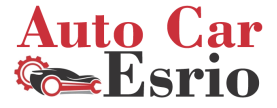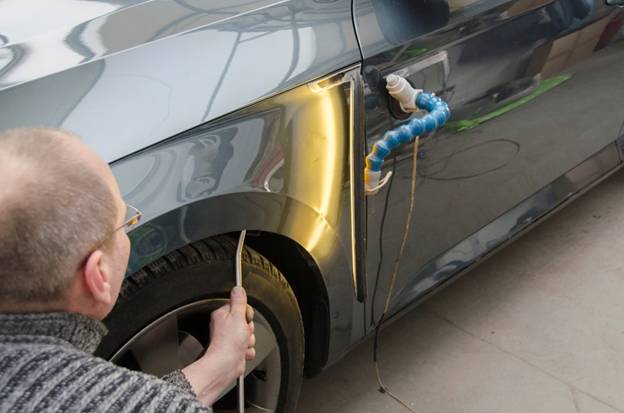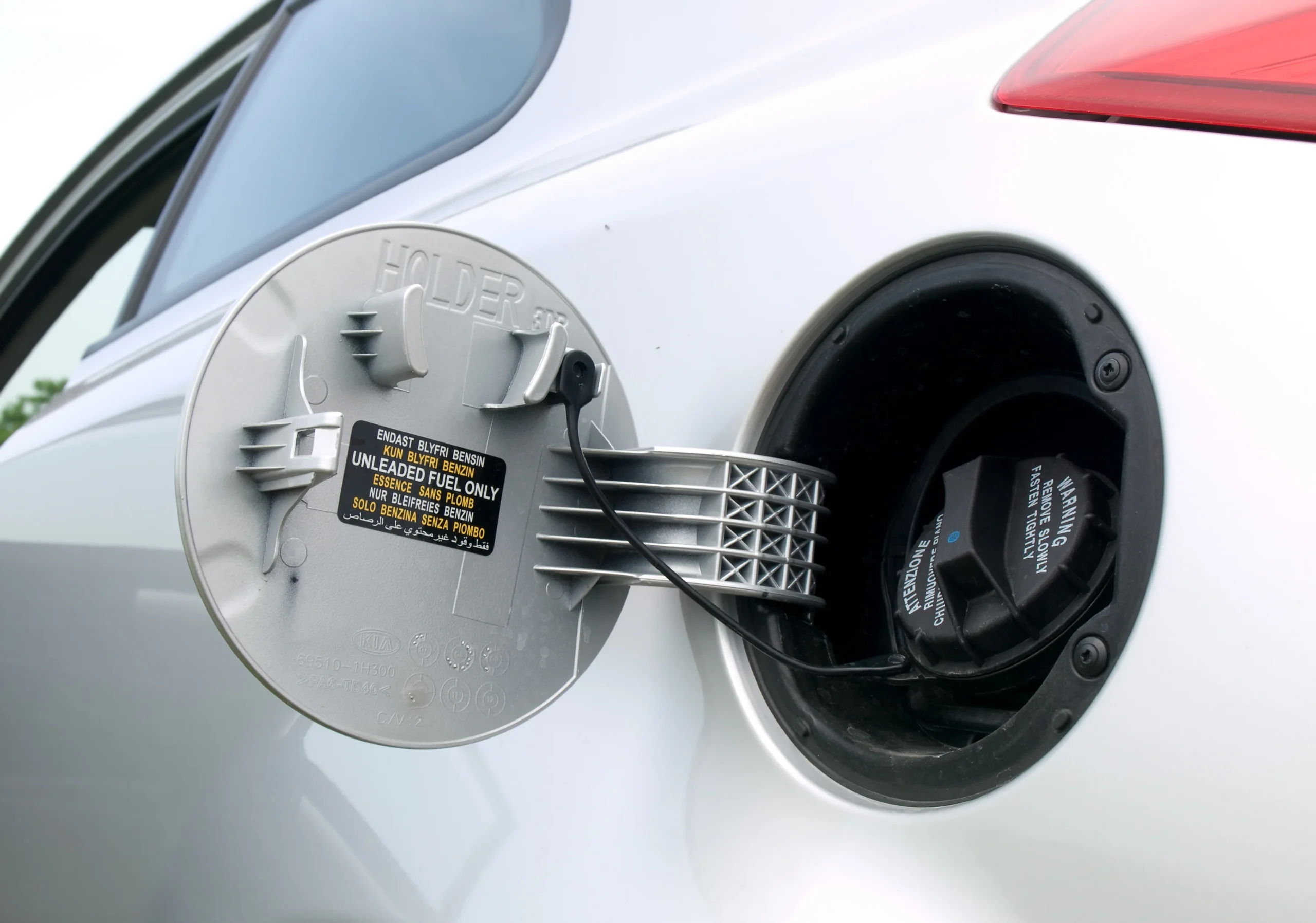Auto accidents can leave more than just dents and scratches on your vehicle—they can cause serious structural damage that affects the car’s integrity, alignment, and safety. While cosmetic repairs are common, many car owners wonder: can auto body repair actually restore structural damage? The short answer is yes—but only when done by skilled professionals using the right technology and techniques.
What Is Structural Damage?
Structural damage goes beyond surface-level dents. It affects the framework or unibody of a vehicle—the underlying skeleton that supports the engine, suspension, and body panels. Common types of structural damage include:
- Bent or twisted frame rails
- Crushed crumple zones
- Misaligned pillars or strut towers
- Shifted suspension mounting points
Such damage can make a car unsafe to drive by compromising crash protection and steering response. That’s why restoring structural integrity is not just about looks—it’s about restoring safety.
How Do Professionals Detect Structural Issues?
Modern repair shops use computerized frame measurement systems to assess the damage. These systems:
- Scan the vehicle’s chassis and dimensions
- Compare them to the original factory specifications
- Identify any distortion or misalignment in millimeters
If any part of the frame is out of tolerance, it needs to be corrected before cosmetic repairs begin.
The Structural Repair Process
Restoring structural damage is a precise and multi-step process. Here’s how it typically unfolds:
1. Assessment and Disassembly
The vehicle is disassembled to expose all damage. This includes removing bumpers, panels, and suspension components if needed.
2. Frame Straightening
Technicians use specialized hydraulic machines (frame racks or pulling towers) to carefully pull the bent frame back into its original shape. This is done using data from the digital scan.
3. Section Replacement
If a section of the frame is too damaged to be straightened, it is cut out and replaced with a new, factory-approved part. This is welded and reinforced to match OEM safety standards.
4. Reassembly and Alignment
Once the frame is restored, the car is reassembled and realigned. Suspension and steering systems are recalibrated to ensure proper handling.
5. Final Inspection and Road Testing
Technicians conduct thorough safety checks and often test drive the vehicle to confirm the structural work holds under normal driving conditions.
Can Any Shop Handle Structural Repairs?
No—structural repairs should only be performed by certified technicians in a fully equipped body shop. Repairing a frame without the proper knowledge or tools can compromise your vehicle’s safety systems like airbags, crash sensors, and crumple zones.
Professionals at Automobicon auto body repair are trained in advanced frame straightening and OEM-approved welding techniques. They follow manufacturer guidelines and use modern equipment to ensure your vehicle is restored to pre-accident condition—or better.
Insurance and Structural Repairs
In cases of structural damage, insurance companies often assess whether the vehicle is repairable or a total loss. If repair costs exceed the vehicle’s value, the insurer may choose to write it off. However, if the damage is repairable, insurance typically covers the cost of structural work as part of the claim.
It’s crucial to choose a repair shop that works closely with insurance companies and can provide accurate documentation of structural assessments and repairs.
Final Thoughts
Yes, auto body repair can restore structural damage—but only with the right expertise, tools, and commitment to safety. It’s not a job for shortcuts or guesswork. When done correctly, structural repairs can return a vehicle to its original performance, safety, and appearance standards.




